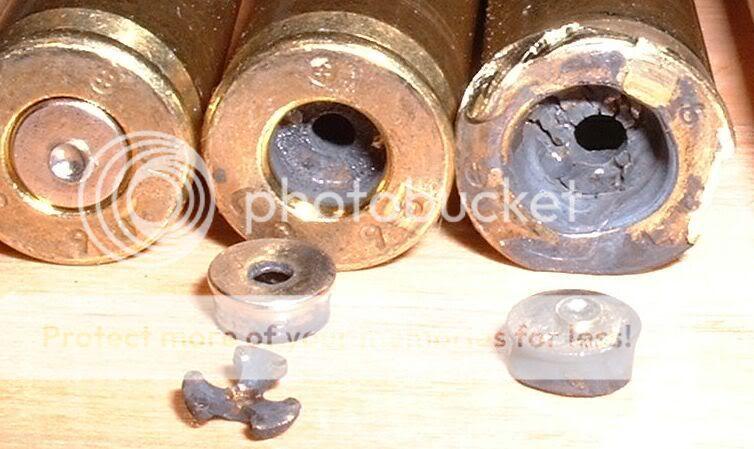bwdearman
New Member
I accidentally loaded a batch of ammo for my .308 with Large Magnum Rifle primers. Between that and increasing my COL, I apparently developed an over-pressure issue. So much so that a primer actually blew out along the edge of the primer cup. I'll upload pictures (if I can). I'm lucky I'm still alive...
When I got home and started cleaning my rifle, I noticed a fairly decent sized pit on the face of my bolt. It was easy to conclude that it was made when the primer blew. (Did I mention that I'm very fortunate to be alive?) I intend to replace my bolt as soon as my budget allows, but my question is whether or not I can keep shooting as-is. Also, can my bolt face be turned on a lathe enough to take out this pit without creating too much head space?
So... If anyone would be so kind as to offer an opinion, I would be grateful.
When I got home and started cleaning my rifle, I noticed a fairly decent sized pit on the face of my bolt. It was easy to conclude that it was made when the primer blew. (Did I mention that I'm very fortunate to be alive?) I intend to replace my bolt as soon as my budget allows, but my question is whether or not I can keep shooting as-is. Also, can my bolt face be turned on a lathe enough to take out this pit without creating too much head space?
So... If anyone would be so kind as to offer an opinion, I would be grateful.



